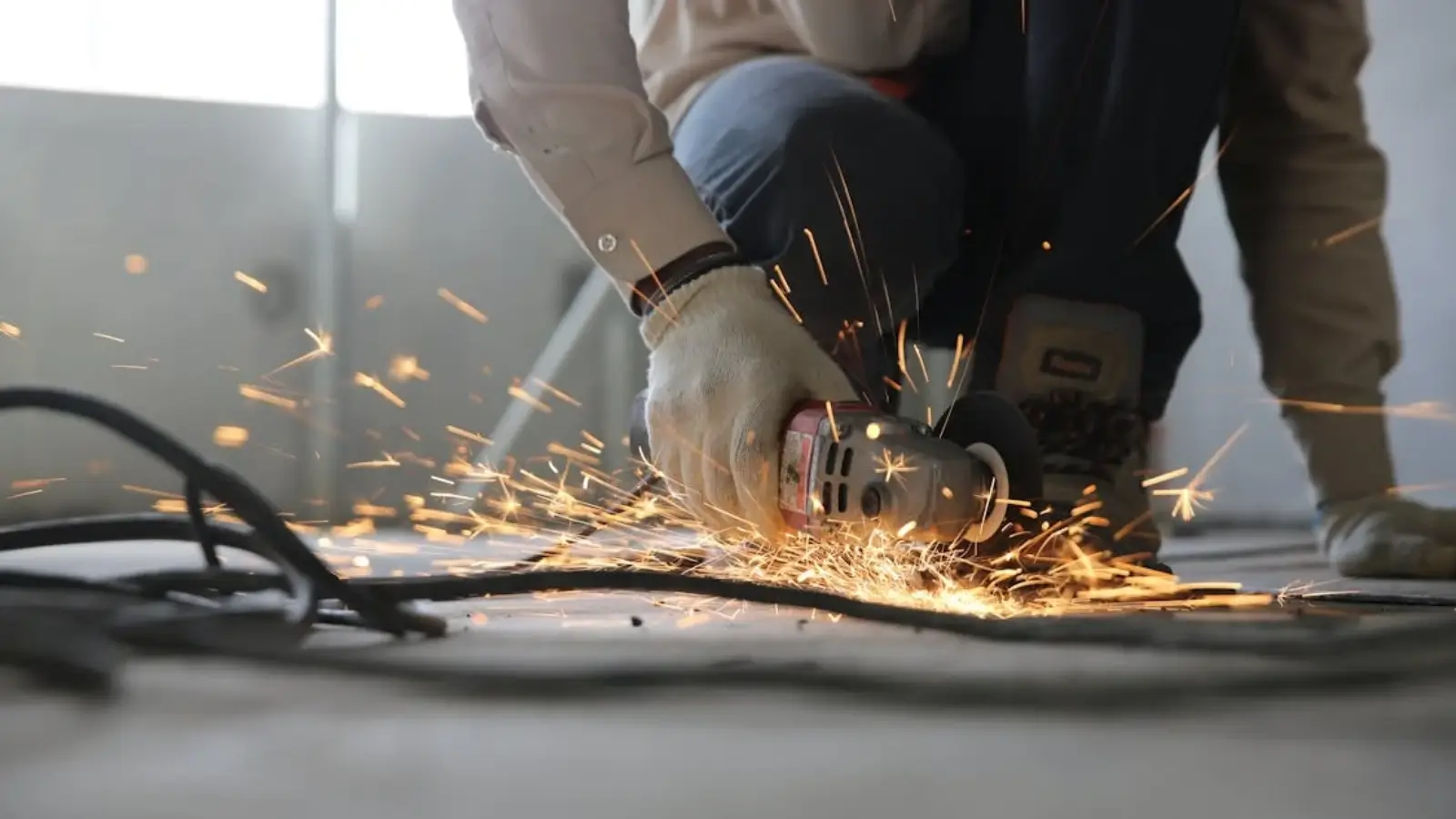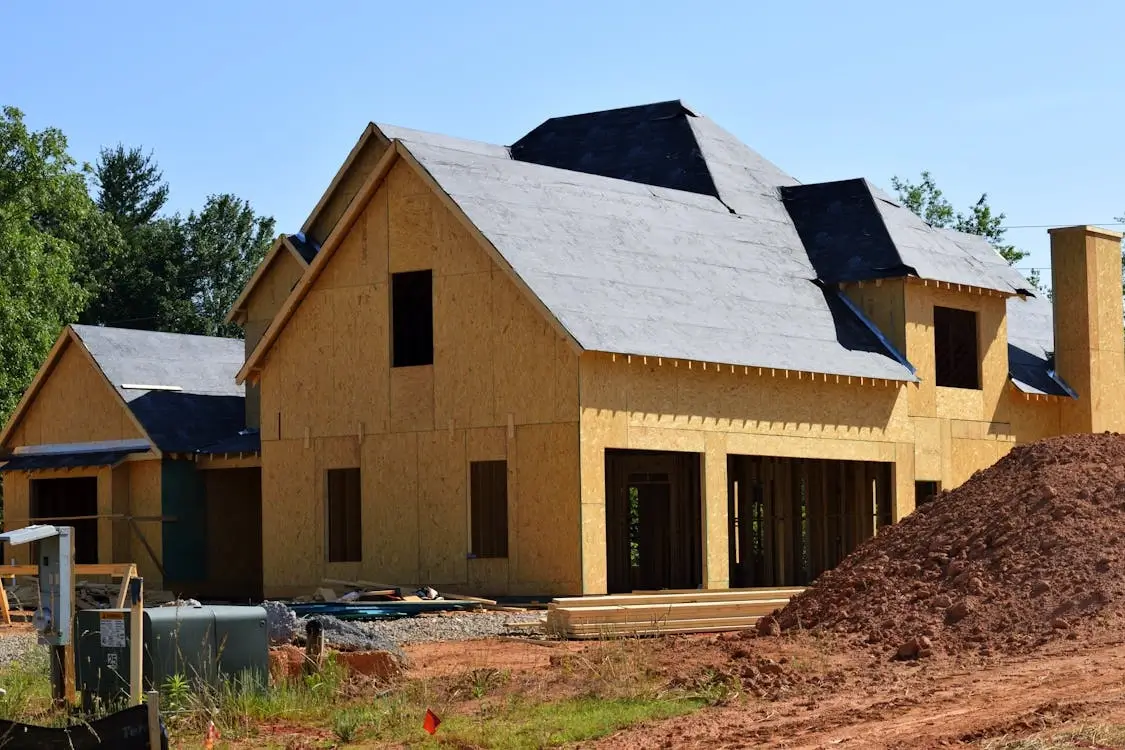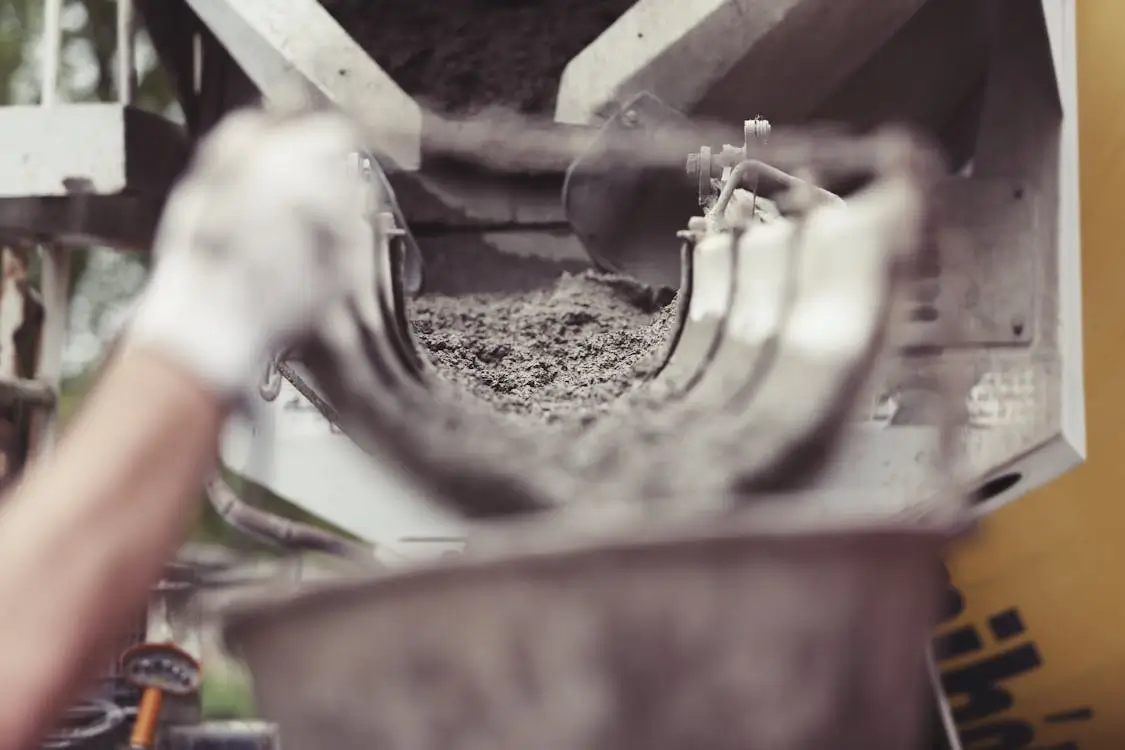


Building materials make a difference. They impact everything from the strength of a surface or a structure to its longevity. When you use the right materials, you usually can secure a favorable outcome for nearly any kind of construction project. High-quality selections, as well as the proper combination of materials, can have a lot to do with the way that a house build turns out.
Precast concrete vs ferrocement is a common choice that needs to be made when building a home from the ground up. Knowing the difference between these two materials matters, and you will want to keep reading to find out more about the differences between these two options for your home build.
First of all, let’s define what these two kinds of materials are. Precast concrete is a concrete that is made by pouring concrete into a pre-shaped mold. This is a common means by which concrete walls are created, which are ideal for supporting the weight of large buildings. Ferrocement is a composite material that is made from mortar and sand that are mixed with cement. It is reinforced with layers of small-diameter wire mesh or metal fibers.
Knowing what these two material choices are can help you evaluate the differences between them more carefully. You might end up using both of these materials in your build, but that just means that you need to be totally clear about the reasons for the choices that you are making when it comes to concrete products used in your construction jobs.
Precast concrete is made entirely of cement that is made stronger with reinforced rebar in most cases. It has a lot of mass and also a lot of strength. Concrete is also ideal for dealing with buildings that need to be created with a basement space or that need strong retaining walls to hold them up.
Ferrocement uses mortar mixed with cement and fine sand, which often replaces the need for rebar and other stabilizers. This material is made more stable and less flexible with wire mesh, which can help to create buildings that are intended to have lightweight walls or highly moldable segments.

The process of manufacturing these materials is different as well. Precast concrete is made in a factory-controlled setting and then steam-cured. This can take days or hours, depending on the size of the project in question. Ferrocement, on the other hand, is either handcrafted or semi-mechanized. This means that the wire mesh that is shaped inside the ferrocement materials is typically molded by hand, and then the concrete is manually plastered onto the framework. This is a more labor-intensive project and can take many days to complete.
Precast concrete is very strong and has amazing durability. It is also highly resistant to environmental wear. This means that it is ideal for larger load-bearing tasks as well as long-term structural strength in the face of challenging weather conditions of various kinds.
Ferrocement offers high tensile strength and resistance to cracking because it is well-distributed and supported throughout. It is also very flexible and far less likely to suffer from a brittle failure of any kind. It is not strong enough in most cases, however, to bear up under extremely heavy loads.
Precast concrete is much easier to work with if speed and timelines are involved in your choice of building materials. This is a product that is easy to pour and which dries within a few days. The only time-consuming aspect of a cement pour is the framing process and the placement of rebar.
Ferrocement is a more painstaking process and often takes far longer than a standard concrete pour will take. Ferrocement is ideal for lightweight walls and areas where flexibility is needed, but it was never meant to be used for load-bearing walls, and it cannot be rushed during the creation process, or there will be issues with the finished product down the road.
Ultimately, the choice between these two materials is often pretty clear based upon a couple of factors. If you are building walls or structures that need to be able to bear a lot of weight, you need to use precast concrete. If you are looking for a flexible material that is lightweight and perfect for unique spaces, then you need to pick ferrocement.
Cost and budget can have a lot to do with this choice as well, and the environmental impact of precast concrete can be a deterrent away from this material as well. You will find that ferrocement is easier to repair or replace as well, which can be important in areas where there is a chance of a structure being damaged or needing to be renovated or altered in the future.
There are a lot of factors that are part of determining which materials to use for building projects, and you need to be sure that you are taking all of the variables of your project into consideration as you are deciding how to build a structure.

When you have the right concrete solutions in place, you will be creating a structure that is built to last for years to come. You need to take the time to research the benefits of the various materials that are an option for your needs so that you can be sure that you are creating the right structure that uses the right materials. From weather to structural integrity, there are lots of things that you need to have in mind as you are building a home.
Be sure that you know the differences between products that can be used to create walls, foundations, and so much more. Being sure about your options and applying the right materials to each build can save you time, money, and heartache down the road.